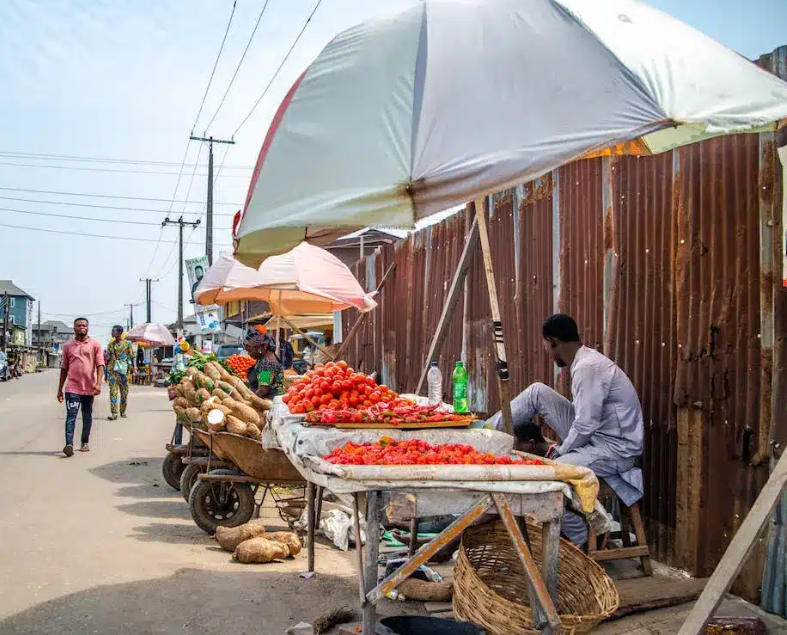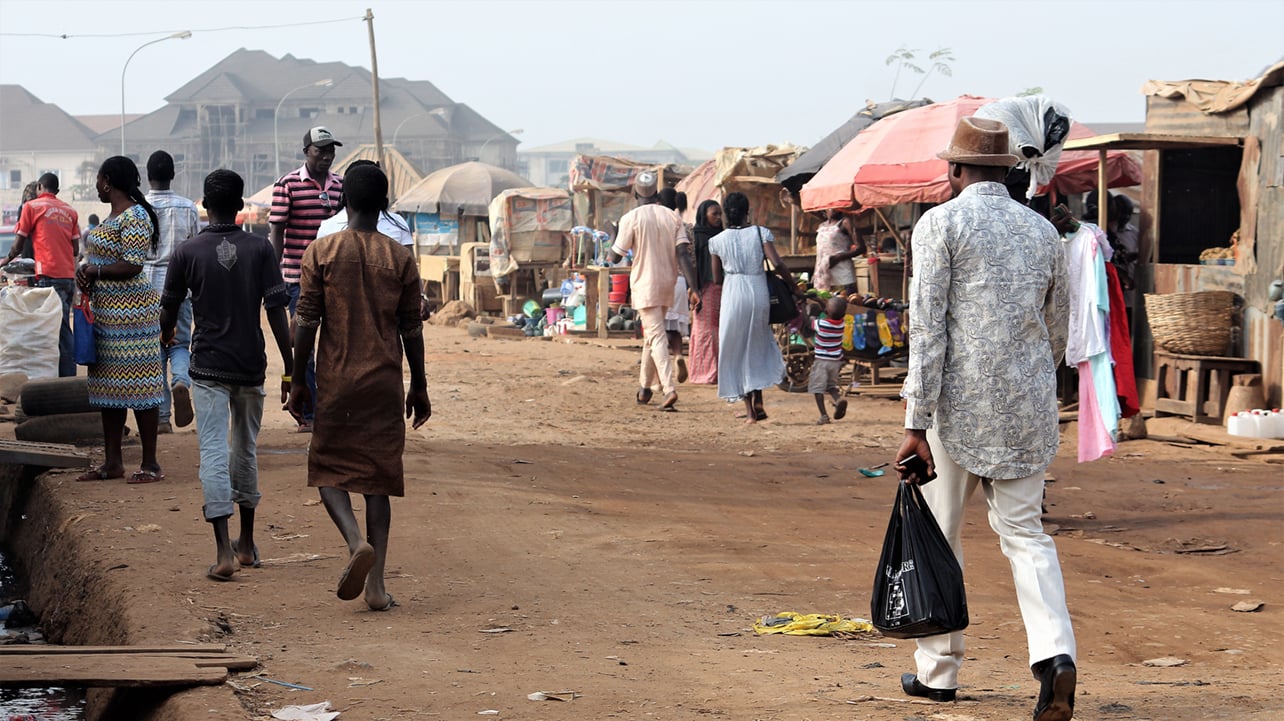
The disparity in wealth, income, and economic well-being has led to widening prosperity gaps in African countries.
- Business Insider Africa presents African countries with increasing prosperity gaps
- The list is courtesy the World Bank’s Poverty, Prosperity, and Planet Report
- Prosperity Gap varies from 1.7 in Europe and Central Asia, to over 12 in Sub-Saharan Africa
The Global Prosperity Gap, a World Bank measure, reflects how much incomes need to be multiplied to reach the prosperity standard of $25 per day, the threshold for high-income status.
This term describes the divide between rich and poor countries, affluent and less affluent individuals, and developed and underdeveloped regions.

It also highlights inequalities in living standards, access to resources, and opportunities for economic advancement.
According to the World Bank’s Poverty, Prosperity, and Planet Report 2024, the number of economies with high inequality stood at a 24-year low, reflecting a one-third reduction since the turn of the century.
DON’T MISS THIS: Top 10 African countries with the highest wealth inequality
Around 1.7 billion people, or 20% of the global population, live in high-inequality economies, mainly in Sub-Saharan Africa and Latin America.
The Prosperity Gap varies from 1.7 in Europe and Central Asia, to over 12 in Sub-Saharan Africa, indicating significant income disparities.
In Sub-Saharan Africa, incomes would need to rise more than twelvefold to reach the $25 per day standard.
Inequality and Prosperity Gap
The prosperity gap and inequality are closely connected, with the gap widening as inequality grows.
As inequality rises within a society or between nations, disparities in wealth, resource access, and opportunities are amplified, leading to a larger prosperity gap.
In countries with greater inequality, the prosperity gap is higher even with the same average income. As the wealth of the rich grows faster than that of the poor, the prosperity gap deepens.
Calculating the prosperity gap
Assuming the daily income of an average individual in France is $50, $10 in Tanzania, and $2.5 in South Sudan, the prosperity gap is determined by dividing $25 by their earnings.
The individual from France, earning above the prosperity gap, would need a factor of less than 1 (0.5) to close the gap.
In contrast, the individual from Tanzania, earning below the gap, would require a factor greater than 1 (2.5), while the person in South Sudan would need a significantly higher factor, over 5 (10).
While income growth for any individual helps reduce the prosperity gap, the reduction becomes more substantial the poorer the individual is.
DON’T MISS THIS: Top 10 African countries with the least progress against poverty in 2024
Sub-Saharan Africa represents 39% of the Global Prosperity Gap, despite making up only 16% of the global population.
This discrepancy highlights the significant portion of the region’s population that remains far from the prosperity threshold.
According to the report, the table below shows the 10 African countries (ranked from the poorest to the richest) with the highest prosperity gap;
| Rank | Country | Prosperity Gap |
|---|---|---|
| 1 | Madagascar | 18.90 |
| 2 | Congo, Dem. Rep. | 17.16 |
| 3 | Malawi | 14.50 |
| 4 | Mozambique | 14.29 |
| 5 | South Sudan | 13.94 |
| 6 | Central African Republic | 13.39 |
| 7 | Burundi | 12.81 |
| 8 | Zambia | 11.87 |
| 9 | Niger | 11.15 |
| 10 | Rwanda | 9.72 |












